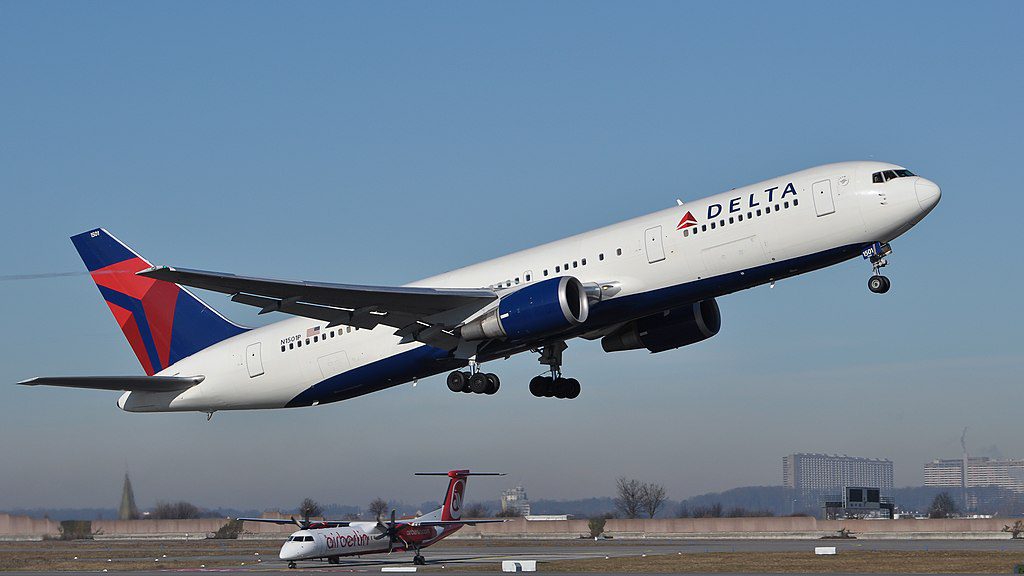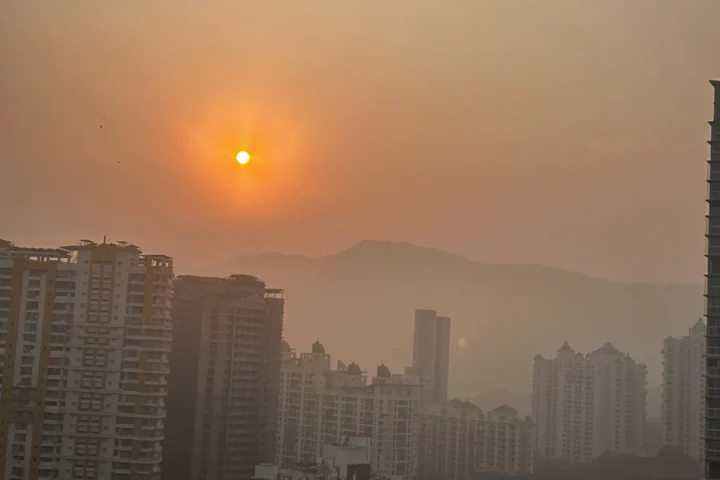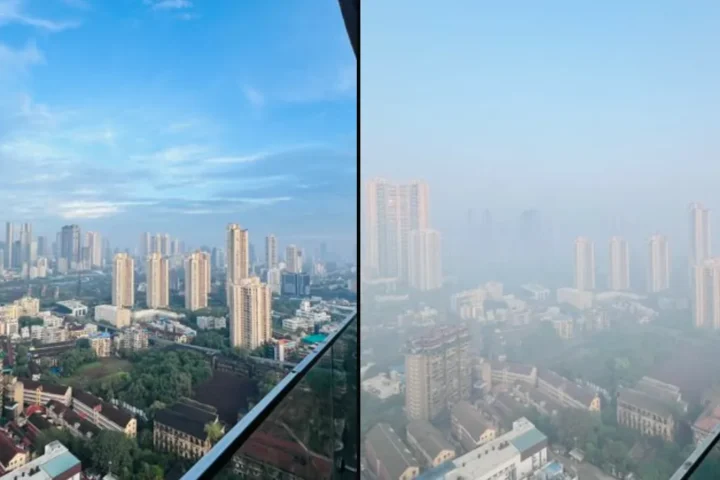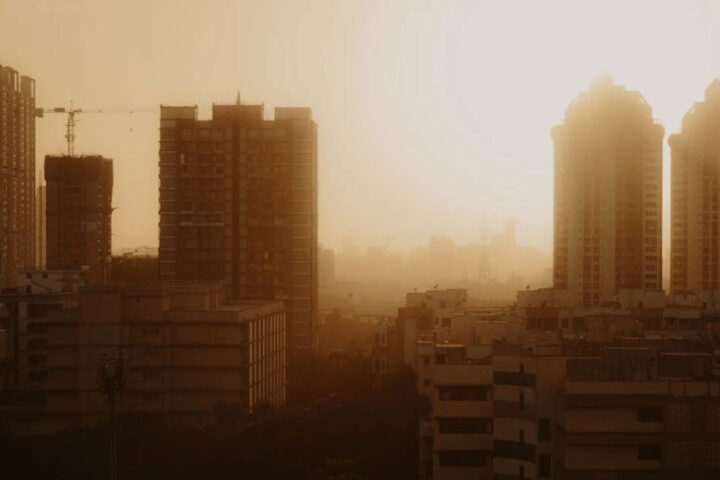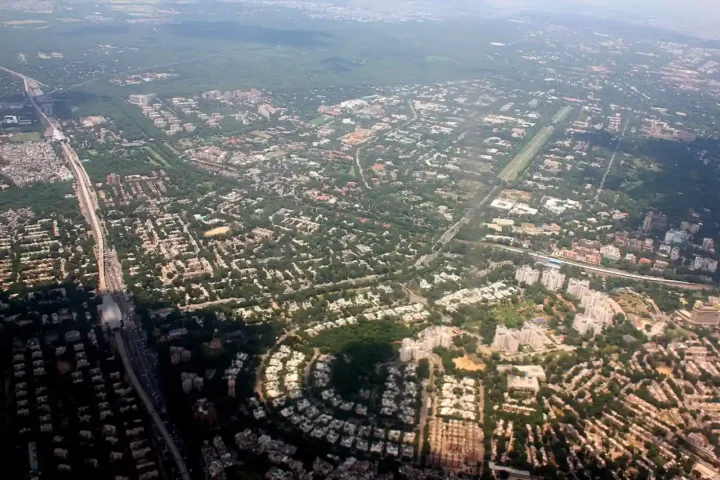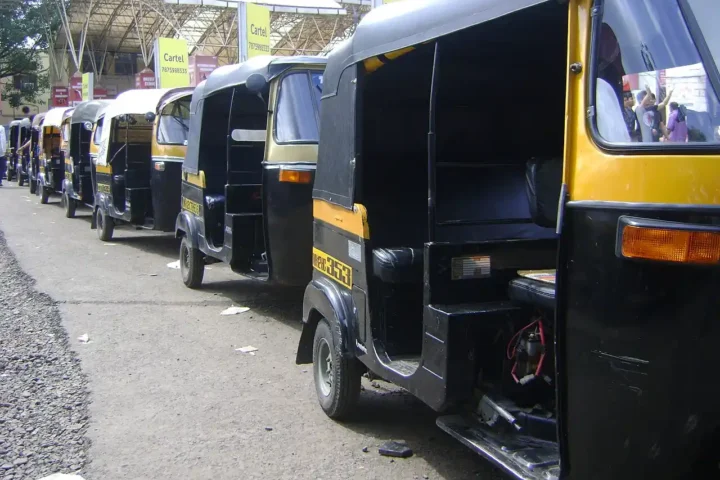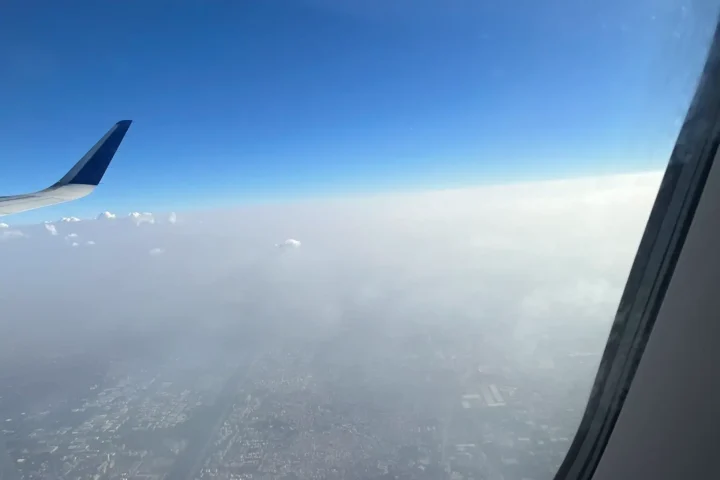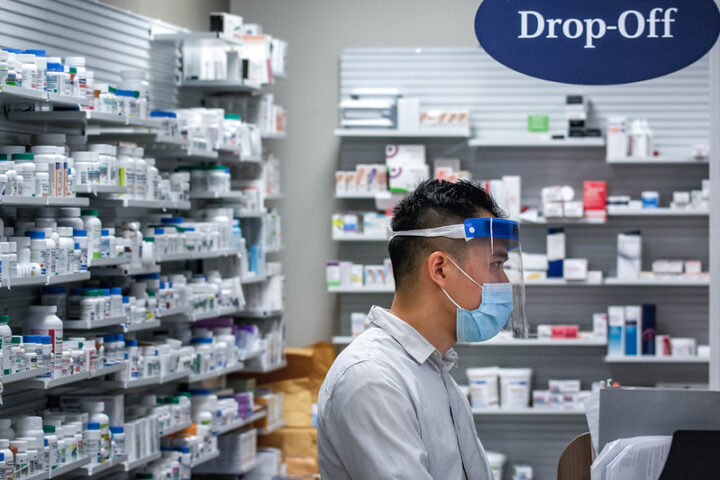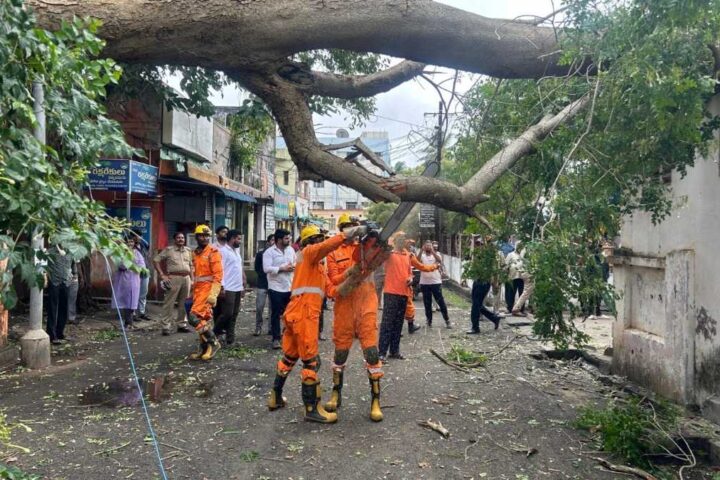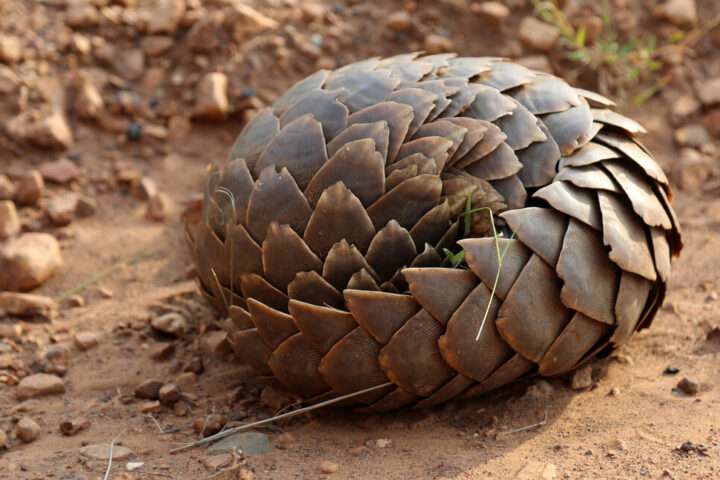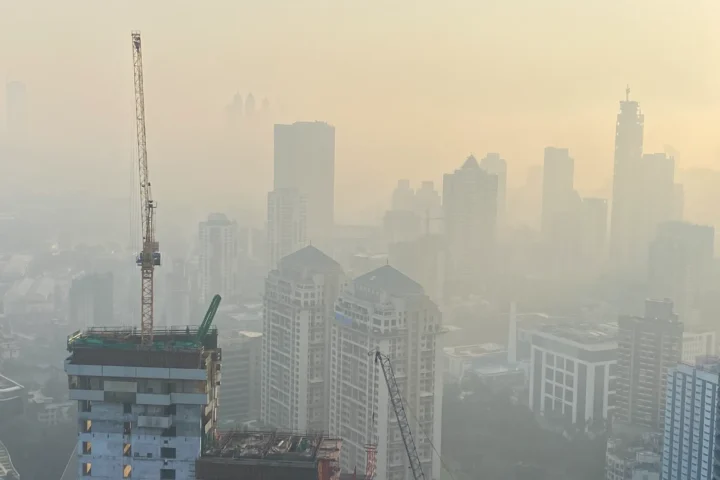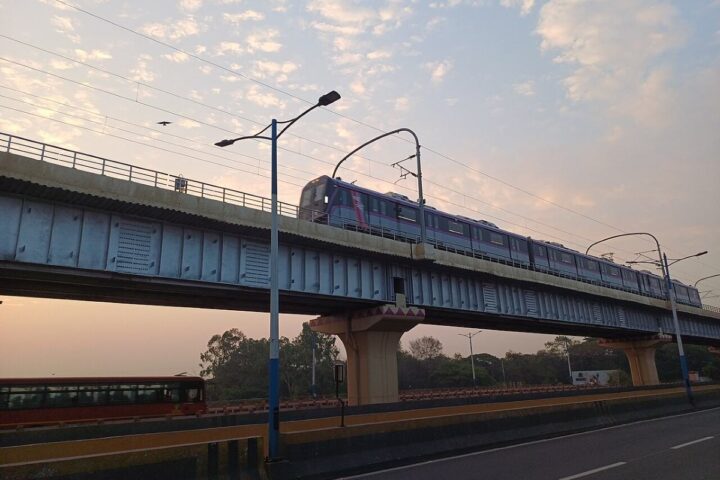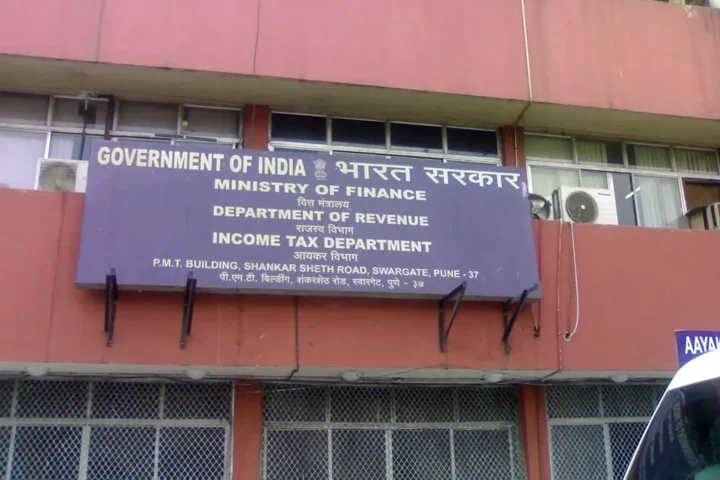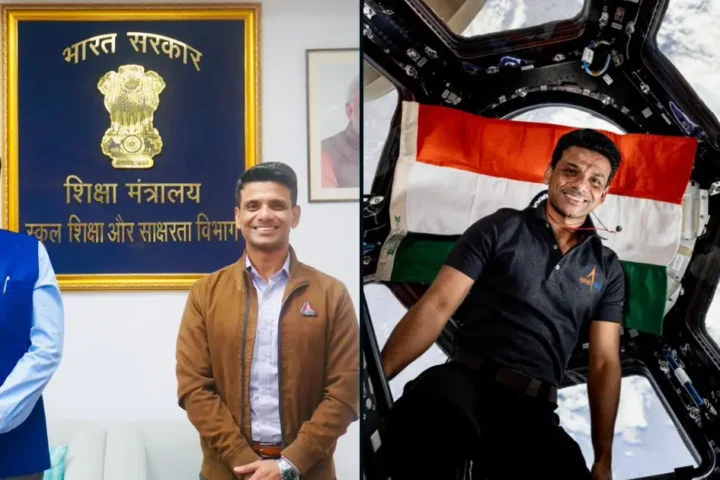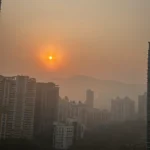India’s Fireworks Dilemma: Time for Government Control?
As cities choke on toxic air and hospitals overflow, the debate over public vs private fireworks intensifies
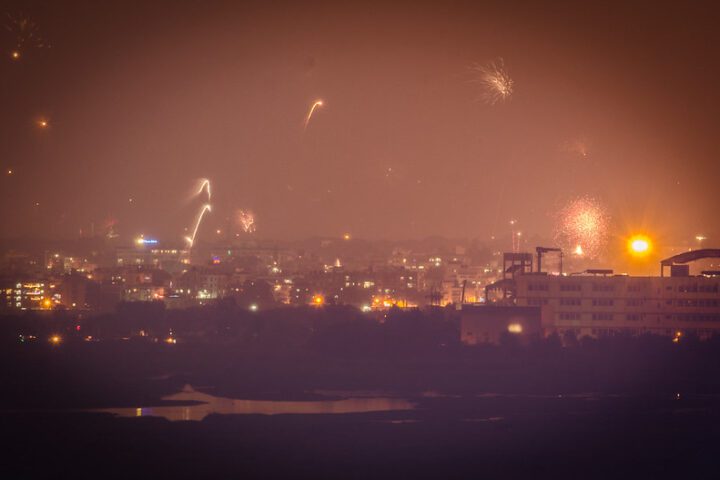
Every Diwali, India faces the same crisis. Delhi’s AQI soared past 400 in 2024, turning the capital into what health experts call a “gas chamber.” Despite blanket bans and Delhi Police enforcement orders, millions of firecrackers still exploded across the city, pushing PM2.5 levels to 603 µg/m³—over 23 times WHO safe limits.
The numbers paint a stark picture: hospitals report 45% more respiratory cases post-Diwali, emergency rooms overflow with burn victims, and the toxic cloud lingers for weeks. Yet in Sivakasi, Tamil Nadu, around 3 lakh workers depend on this ₹6,000-7,000 crore industry for survival. The question India must answer: should the government take complete control of fireworks displays, transforming a chaotic free-for-all into organized public spectacles?
Cities worldwide have already made this choice. Singapore banned private fireworks in 1972, Hong Kong restricts them completely, and the Netherlands just voted for a nationwide ban by 2026. Even Beijing, once notorious for New Year firework chaos, implemented a citywide prohibition in 2022. These cities replaced individual celebrations with spectacular government-run shows that preserve tradition while protecting public health.
Three Policy Paths for India
Click each option below to explore the benefits and challenges of different approaches to fireworks regulation
Complete Ban
Follow Singapore’s model with total prohibition on private fireworks, allowing only government displays.
- Immediate 60-70% reduction in festival pollution
- Prevents thousands of injuries annually
- Saves ₹1,000+ crore in health costs
- Protects 2.3 million vulnerable residents
- 3 lakh jobs directly affected in Sivakasi
- ₹6,000 crore industry disruption
- Strong cultural resistance expected
- Enforcement requires massive resources
Public Shows Only
Government-organized professional displays at designated venues, similar to Sydney’s famous New Year show.
- Maintains cultural celebration safely
- 90% reduction in accidents
- Creates new jobs in event management
- Controlled emissions and timing
- High infrastructure investment needed
- Loses personal celebration element
- Crowd control at venues difficult
- Rural areas may be excluded
Green Transition
Phased shift to CSIR-NEERI certified green crackers with strict regulations.
- 30-50% pollution reduction achieved
- Preserves Sivakasi livelihoods
- More culturally acceptable approach
- Gradual industry transformation
- Still contributes significant pollution
- Widespread violation of time limits
- Illegal crackers remain in circulation
- Enforcement remains problematic
The Crisis in Numbers
The health impacts extend far beyond statistics. When Delhi’s AQI crossed 1,100 in recent years, flights were grounded, schools shut, and construction halted. Studies show fireworks release toxic metals including aluminum, copper, barium, and strontium directly into breathing zones. Children, elderly, and those with respiratory conditions face the highest risk, with asthma attacks increasing threefold during Diwali week.
The economic argument cuts both ways. Sivakasi’s fireworks industry, centered in Tamil Nadu, produces 90% of India’s crackers. Around 1,400 registered factories employ workers earning ₹500-600 daily—double the typical wage for unskilled labor in the region. Yet the same industry witnesses regular tragedies: factory explosions killed 17 workers in October 2024 alone, while hundreds suffer from chronic exposure to hazardous chemicals without protective equipment.
The Supreme Court’s October 2025 order permitting only green crackers during limited hours represents a middle path. However, enforcement remains weak. Despite GRAP Stage-II implementation and police seizures of illegal fireworks, residents widely flouted the ban, setting off crackers throughout the night.
Policy Evolution Timeline
Policy Impact Calculator
Adjust the policy strictness slider to see projected impacts across health, economy, and compliance
International precedents offer valuable lessons. Singapore’s Dangerous Fireworks Act has successfully maintained public celebrations without private fireworks for over 50 years. Hong Kong’s stringent regulations allow only licensed professional displays. Sydney’s famous New Year’s Eve fireworks, entirely government-managed, generate tourism revenue while maintaining safety.
The cultural argument often cited against regulation deserves scrutiny. Fireworks aren’t traditionally Indian—they arrived via Chinese innovation and Persian traders. The word “atishbazi” itself derives from Persian, meaning “fire play.” Ancient Diwali celebrations centered on diyas (oil lamps), not explosives. The mass adoption of fireworks only occurred in the 20th century, particularly after Sivakasi’s industrial growth in the 1940s.
Worker safety remains a critical concern. Like Mumbai’s construction industry contributing 70% of air pollution, Sivakasi’s factories operate with minimal oversight. Workers handle aluminum powder, potassium nitrate, and sulfur without gloves or masks. Factory explosions occur regularly—October 2024 alone saw 17 deaths across multiple incidents. The industry employs an estimated 100,000 workers directly, with women performing particularly hazardous tasks for ₹500 daily.
How World Cities Handle Fireworks
Successful models from cities that transitioned to government-controlled displays
| City/Country | Policy Type | Implementation | Results |
|---|---|---|---|
| Singapore | Total Ban | Since 1972 | Zero private incidents, spectacular public shows |
| Hong Kong | Complete Ban | Licensed only | Professional displays, heavy penalties for violations |
| Beijing | Citywide Ban | Since 2022 | Significant air quality improvement during festivals |
| Sydney | Licensed Only | Decades old | World-famous NYE show, tourism boost |
| Dubai | Resident Ban | Ongoing | Spectacular official displays, zero accidents |
| Netherlands | Transitioning | By 2026-27 | Parliament approved nationwide consumer ban |
| Delhi, India | Seasonal Ban | Until Jan 2025 | Limited compliance, enforcement challenges persist |
A Practical Roadmap for India
Six actionable steps to transition from chaos to controlled celebrations
Immediate: AQI-Based Restrictions
Implement automatic bans when air quality already exceeds safe limits. If AQI crosses 200, switch to drone shows. Cities with density above 10,000/km² allow only 2-hour windows for green crackers.
Year 1-2: Green Transition
Mandate QR-coded green crackers only, reducing emissions by 30-50%. Establish designated community zones away from hospitals. Deploy CPCB noise monitoring with real-time enforcement.
Year 3: Public Shows Launch
Roll out government-managed displays at stadiums and maidans. Free entry for residents, professional safety standards. Begin phasing out private bursting in metro cities.
Economic Support Package
₹500 crore transition fund for Sivakasi’s workers. Retooling grants for drone and laser technology. Government procurement guarantees ensuring steady demand for green alternatives.
Smart Enforcement Tech
Deploy QR tracking from manufacture to sale. Geo-fenced zones with automated monitoring. Community policing with graduated fines rather than criminal penalties.
Cultural Shift Campaign
Promote diyas as authentic Diwali tradition. Community light festivals and cultural programs. Education on pollution’s health impacts visible from space.
The transition won’t be simple. Sivakasi’s economy depends heavily on this industry, with estimates ranging from 3 lakh to 8 lakh people deriving income from fireworks and allied sectors. The recent festive season saw ₹7,000 crore in sales, up from ₹6,000 crore last year, indicating persistent demand despite restrictions.
Yet the health costs are staggering. Like Mumbai’s air pollution crisis, Delhi’s post-Diwali emergency sends thousands to hospitals. The economic burden of treating respiratory diseases, burns, and long-term health impacts far exceeds the fireworks industry’s contribution. Studies show that fine particulate matter from fireworks contains 264 times normal barium levels and 18 times normal strontium levels during Diwali.
The Supreme Court has recognized clean air as a fundamental right under Article 21 of the Constitution. As international visitors document India’s air quality crisis, the country faces mounting pressure to act. The choice isn’t between tradition and modernity—it’s between evolving traditions to preserve public health or clinging to practices that literally take our breath away.
The Path Forward
The evidence presented spans health data showing 400+ AQI levels and 45% increase in hospital admissions, economic figures revealing a ₹6,000-7,000 crore industry supporting 3 lakh workers, and successful international models from Singapore to Sydney. Cities worldwide have transitioned to government-controlled displays while preserving celebration.
India’s Supreme Court has permitted green crackers with time restrictions, states have implemented various levels of bans, and Delhi has begun experimenting with drone alternatives. The Sivakasi industry faces pressure to modernize while workers continue handling hazardous materials without protection. As CAQM implements emergency measures and doctors warn about cumulative pollution exposure, the debate over private versus public fireworks continues across Indian cities.

